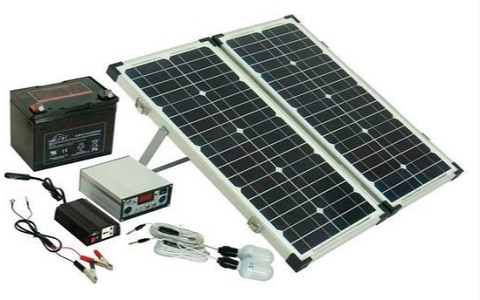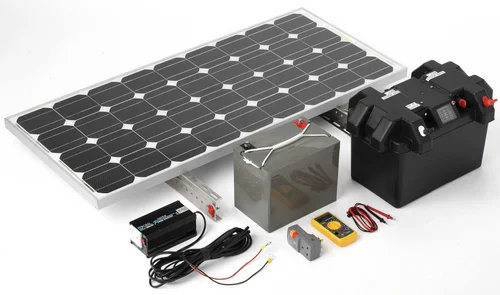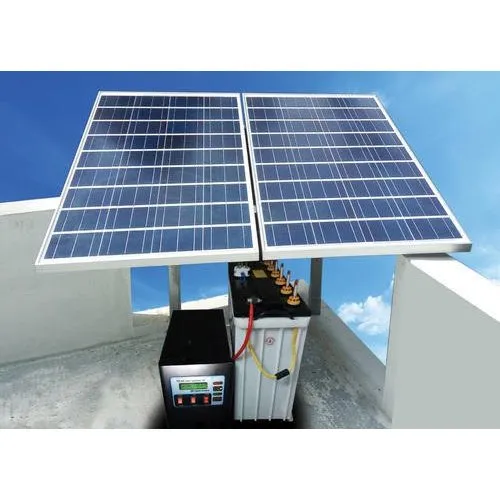
Introduction
Solar energy systems have gained significant attention in recent years as a sustainable and renewable source of power. One crucial component of these systems is the inverter, which plays a vital role in converting the direct current (DC) generated by solar panels into alternating current (AC) that can be used to power homes and businesses. This article explores the function and significance of inverters in solar energy systems, highlighting their importance in maximizing energy production and efficiency.
Historical Background
The development and evolution of inverters in solar energy systems have been driven by the need for efficient and reliable power conversion. Over the years, significant milestones and advancements have shaped the role of inverters in solar energy systems. From the early days of bulky and inefficient inverters to the present-day compact and high-performance models, the journey of inverters has been marked by continuous innovation and improvement.
Key Concepts and Definitions
An inverter is an electronic device that converts the DC electricity generated by solar panels into AC electricity. Its purpose in a solar energy system is to facilitate the utilization of solar power by converting it into a form that can be used by appliances and devices. This conversion process involves transforming the DC electricity into AC electricity, which is the standard form of electricity used in homes and businesses.
The importance of inverters in solar energy systems lies in their ability to maximize energy production and efficiency. By converting DC to AC, inverters enable solar energy systems to generate electricity that aligns with the voltage and frequency requirements of the power grid, ensuring optimal energy utilization.

Main Discussion Points
Different types of inverters
There are several types of inverters used in solar energy systems, each with its own advantages and disadvantages. String inverters, microinverters, and central inverters are among the most commonly used types. String inverters are cost-effective and suitable for large-scale installations, while microinverters offer individual panel-level optimization. Central inverters are ideal for utility-scale solar farms due to their high power capacity.
Choosing the appropriate inverter for a specific solar energy system requires consideration of various factors. These include the size of the installation, desired level of panel-level optimization, budget constraints, and compatibility with grid requirements. Assessing these factors ensures the selection of an inverter that maximizes the energy output of the solar energy system.
Inverter functionality and control
In addition to converting DC to AC, inverters play a crucial role in controlling and monitoring solar energy systems. They optimize energy production by tracking the maximum power point (MPP), adjusting voltage and current levels, and ensuring the efficient operation of the solar panels. By continuously monitoring the performance of the system, inverters can detect and mitigate issues such as panel shading or malfunctions, thereby maximizing overall system efficiency.
The efficiency and reliability of inverters are essential for the optimal performance of solar energy systems. Higher efficiency inverters ensure minimal energy losses during the conversion process, resulting in increased energy production. Reliability is crucial to avoid system failure and downtime, ensuring a consistent and uninterrupted power supply.

Impact of inverters on grid integration and stability
Inverters play a significant role in enabling the integration of solar energy systems with the power grid. They ensure the smooth transfer of electricity from the solar panels to the grid, allowing users to draw power when needed and feed excess electricity back into the grid.
To maintain grid stability, inverters incorporate features such as anti-islanding protection and power factor correction. Anti-islanding protection prevents the solar energy system from continuing to operate in the event of a grid outage, protecting the safety of utility workers. Power factor correction ensures that the power being fed into the grid is in phase with the grid’s voltage, preventing voltage and frequency fluctuations.
Case Studies or Examples
Real-world examples and case studies provide valuable insights into the successful implementation of inverters in solar energy systems. These examples showcase the benefits and outcomes achieved through the use of specific inverters in various scenarios. From residential installations to large-scale solar farms, these case studies highlight how inverters contribute to increased energy efficiency, cost savings, and reduced carbon emissions.
Current Trends or Developments
Inverter technology for solar energy systems is continuously evolving, driven by advancements in efficiency, functionality, and connectivity. Recent trends include increased efficiency through the use of advanced semiconductor materials, such as silicon carbide (SiC) and gallium nitride (GaN). Functionalities such as grid-tied inverters with energy storage capabilities are becoming popular as they enable users to store excess energy for future use.
Connectivity features, such as data monitoring and remote control capabilities, are also being integrated into inverters, allowing users to monitor and control their solar energy systems through mobile apps or web portals. These developments enhance the user experience and provide valuable insights into system performance and energy consumption.
Challenges or Controversies
While inverters are crucial for solar energy systems, they also come with potential challenges and controversies. One challenge is the cost of high-performance inverters, which can be a barrier to widespread adoption, especially in developing economies. Additionally, compatibility issues between different inverter brands and models can pose challenges during system integration.
Controversies surrounding the role of inverters can arise from debates on their effectiveness in maximizing energy production and their impact on grid stability. Conflicting viewpoints on the optimal use of string inverters versus microinverters, for example, can lead to debates on the most efficient and cost-effective approach.
Future Outlook
The future of inverters in solar energy systems looks promising, with potential advancements and innovations on the horizon. Increasing efficiency and reducing the cost of inverters will continue to be areas of focus. Advancements in semiconductor materials and power electronics are expected to drive these improvements.
Emerging technologies, such as virtual power plants and peer-to-peer energy trading platforms, may also shape the role of inverters in the renewable energy sector. These technologies have the potential to transform the way solar energy systems are integrated into the grid and empower users to actively participate in the energy market.

Conclusion
Inverters are crucial components of solar energy systems, enabling the conversion of DC electricity into AC electricity that can be used to power homes and businesses. Their role in maximizing energy production, controlling and monitoring solar energy systems, and ensuring grid integration and stability is of utmost importance. As technology continues to advance, inverters will play a vital role in the future of renewable energy generation and contribute to a more sustainable and resilient power grid.




